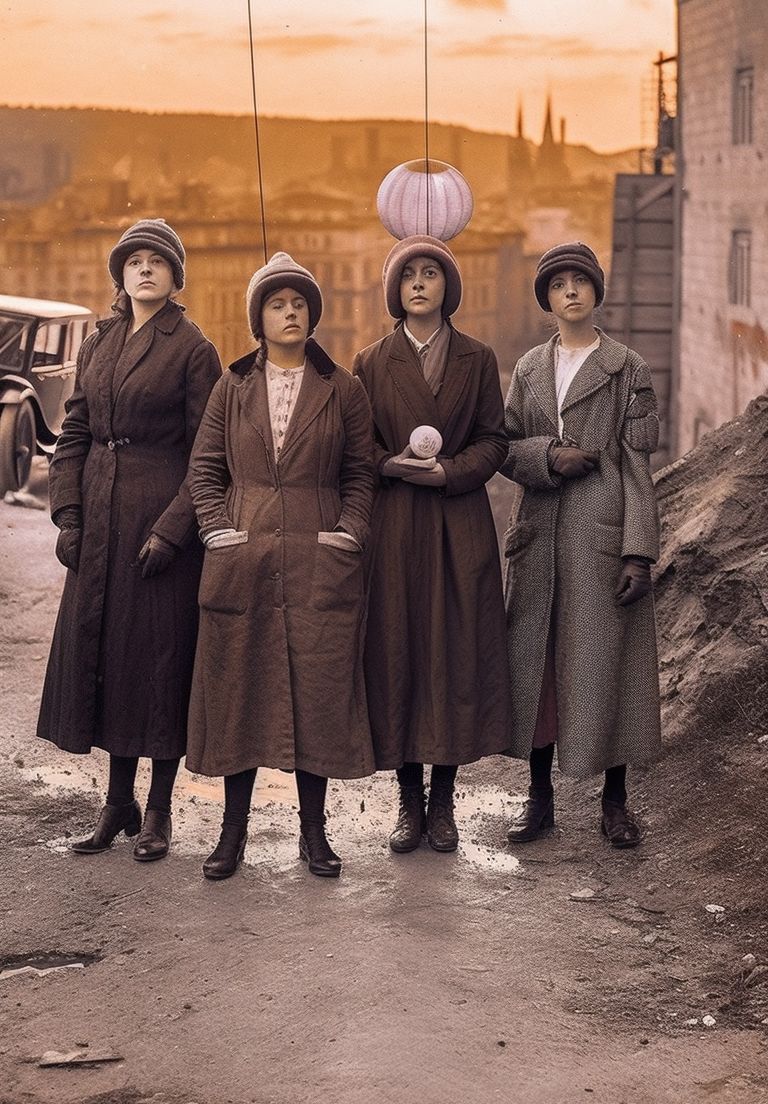Shorthand Playtime
Adam Clark

Stockholm is built on 14 islands and is often called the "Venice of the North." The city's unique geography offers picturesque waterfront views, charming canals, and numerous bridges connecting the islands.
Berlin is home to a vibrant street art scene, with its most famous landmark being the East Side Gallery. This open-air art gallery stretches along a remaining section of the Berlin Wall.
Lisbon has one of the oldest operating bookstores in the world, established in 1732, it is the oldest continuously running bookstore in the world.
Barcelona's Park Güell was designed by renowned architect Antoni Gaudí. Its unusual architectural features and vibrant mosaic artwork include a dragon-shaped fountain and colorful ceramic benches.

ITEM 1
Amidst the sea's roar, A lighthouse stands tall and proud, Guiding ships to shore.

ITEM 2
A beacon of light, A lighthouse stands watchful guard, Over stormy seas.
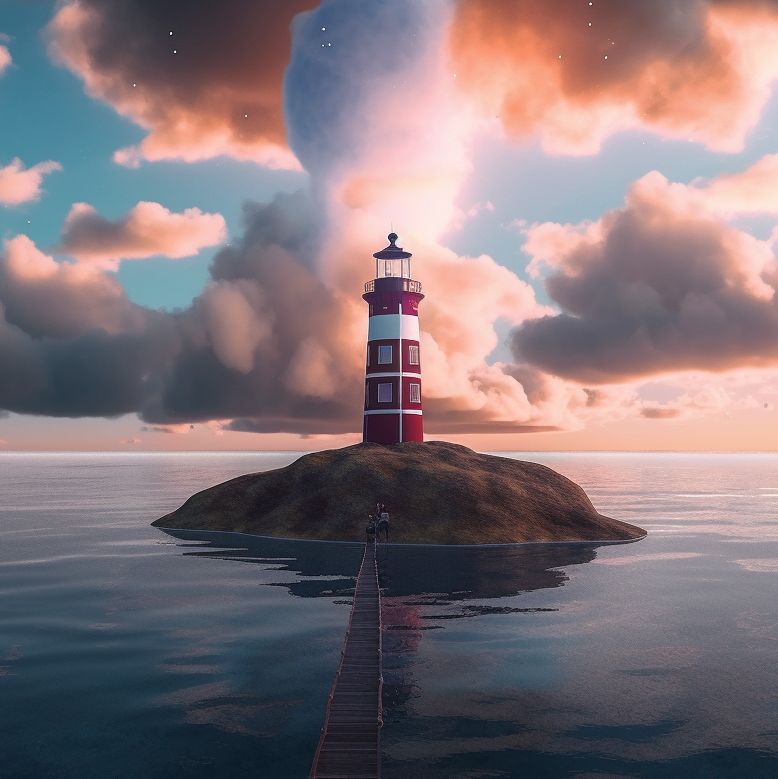
ITEM 3
Tall lighthouse stands strong, Guiding ships through darkened seas, Beacon of hope shines.

ITEM 4
Lighthouse on the cliff, Piercing through the misty fog, A guide for lost ships.




Image 1
Reveal section with opaque text blocks
This Reveal section includes three frames, though it's easy to add or remove frames to suit your text and images. Text in these blocks can also be as long or short as necessary. Your text blocks are always in synch with the images you select.
Image 2
The second image in this sequence
Aquila alta in caelo volabat, oculos ad astra fixos habens. Subito, aliquid novum aspectu eius occurrit, terra ignota quae ante eam in mundo non erat visa. Aliis avibus similes, aquila quamvis fortem et regalem, timor cepit, sed curiositas tamen eam animo movit. Descendere coepit, donec ad terram incolumis appulit.
Image 3
The third image in this sequence
Sed terra non erat quae aquila exspectaverat. Praeterea solitudinem vidit, et nullum viventium creaturarum vestigium, nec humanae nec aliae. Curiosus, aquila explorare coepit.
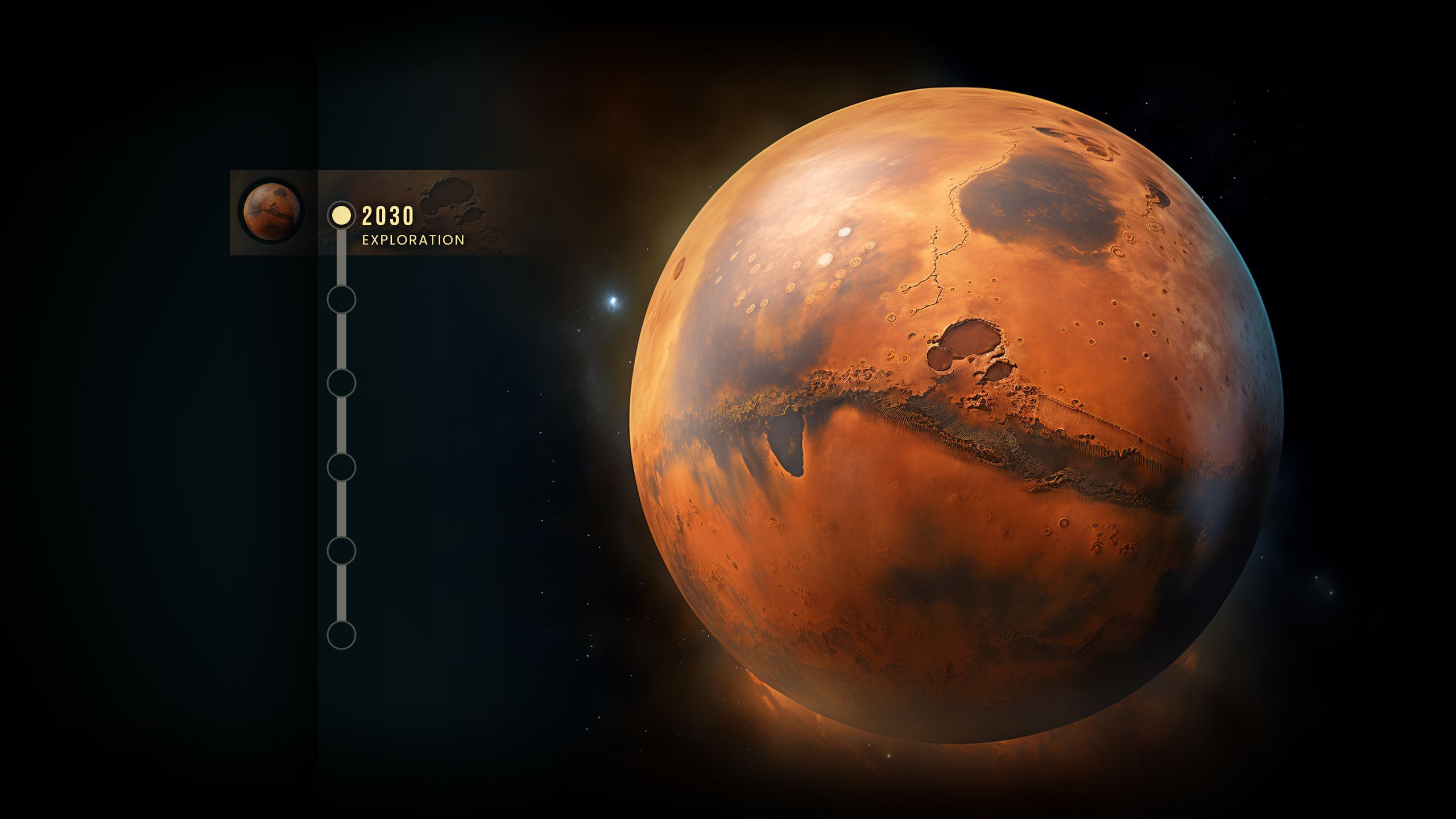
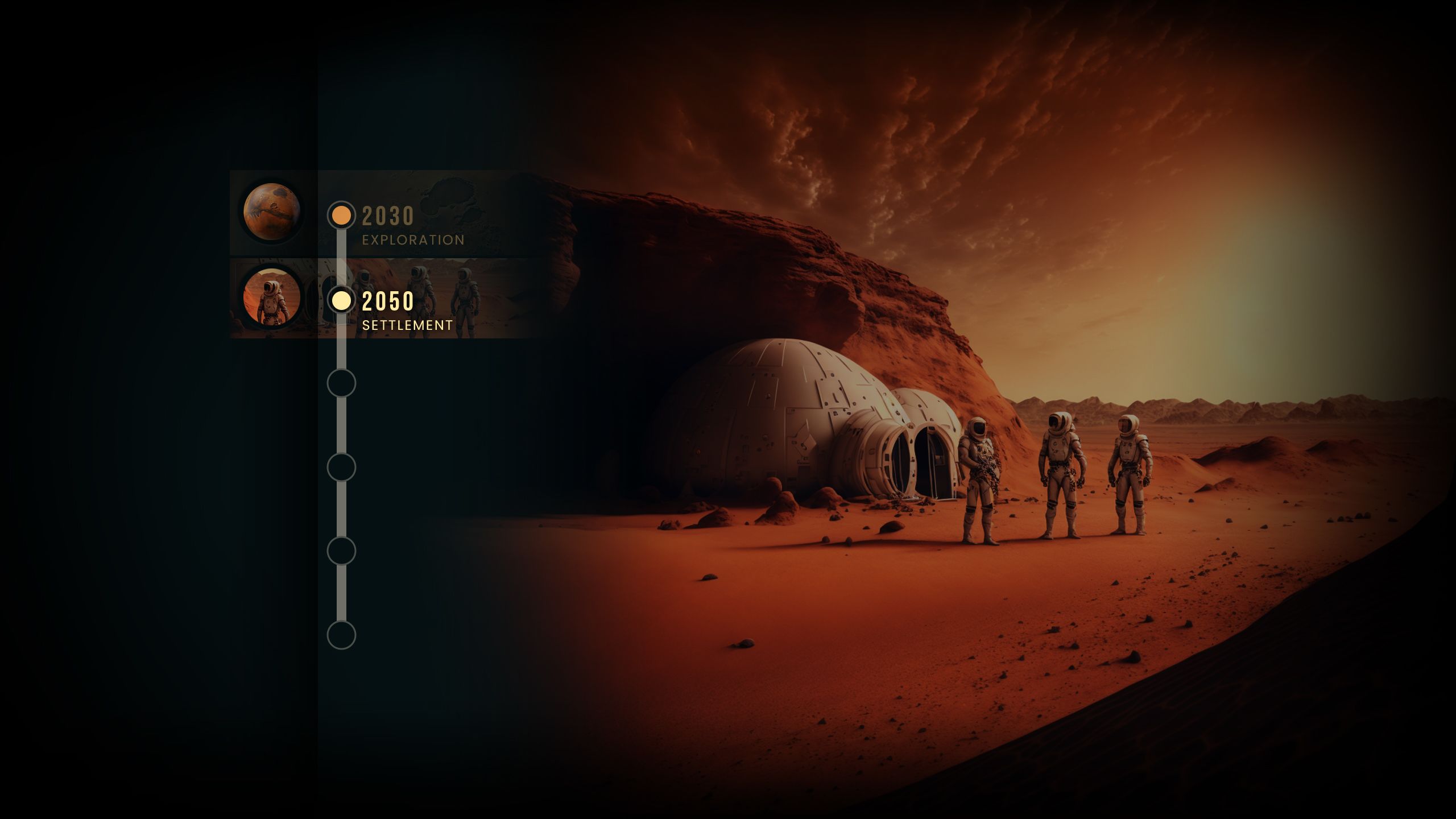
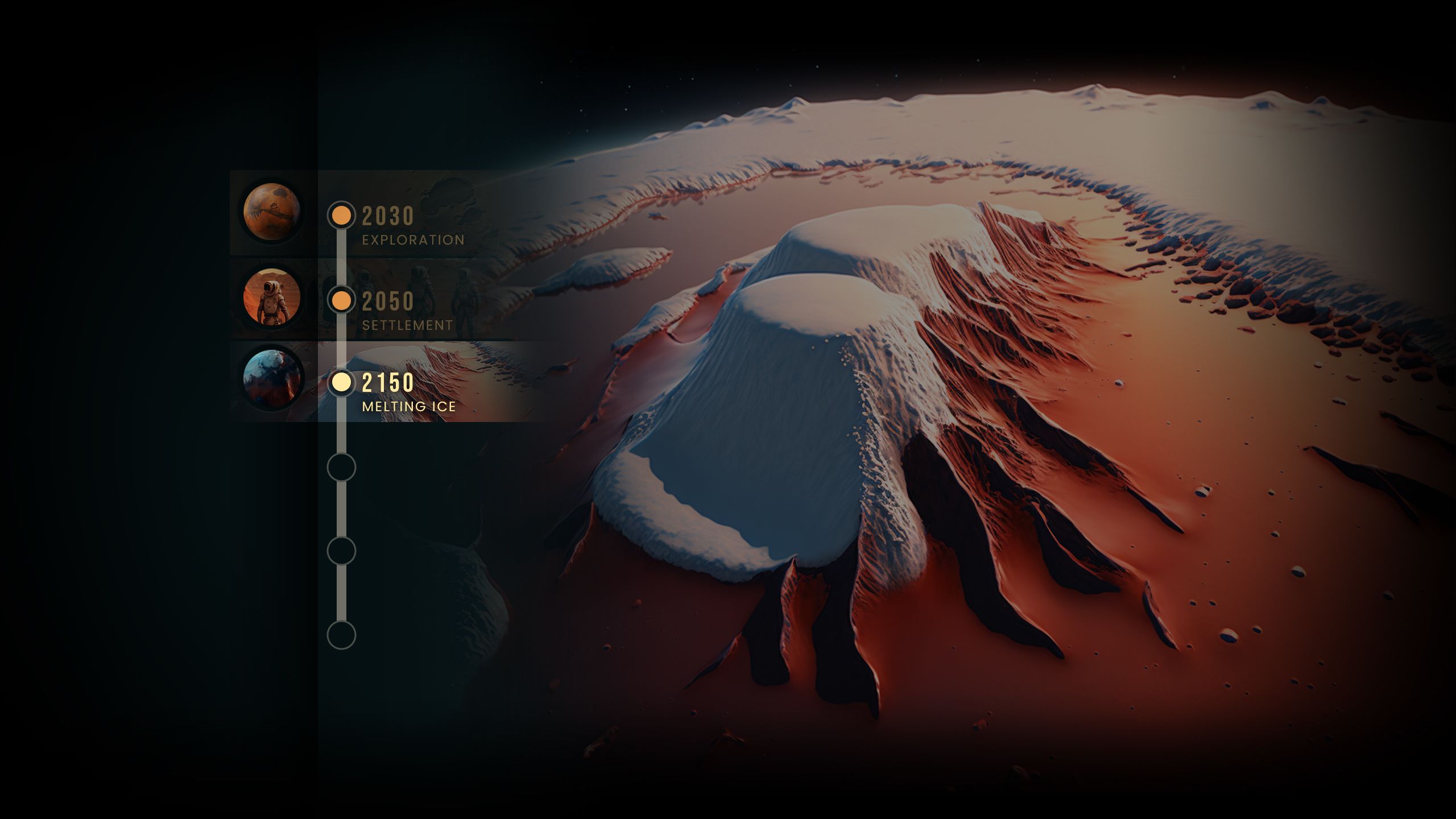
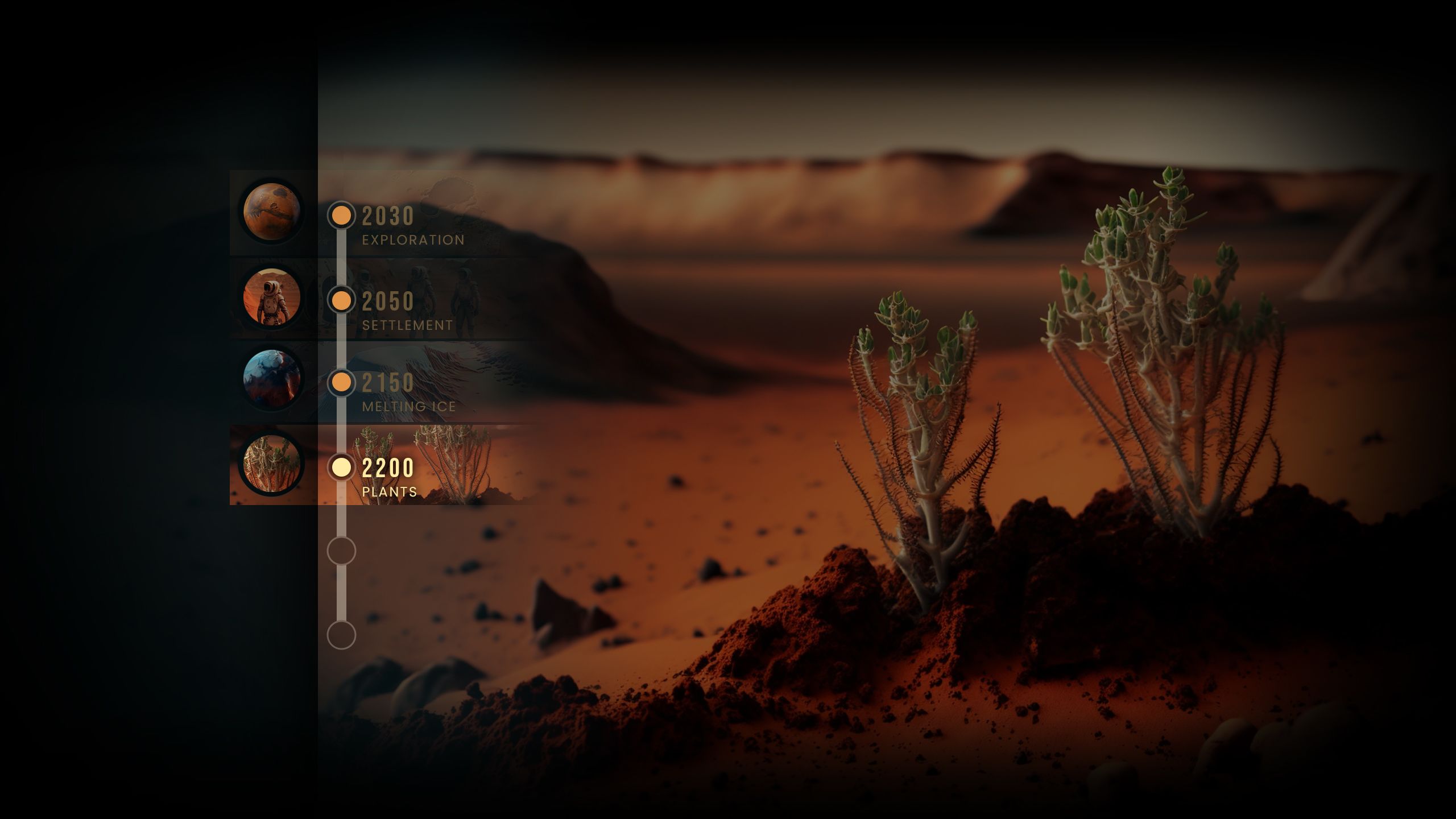
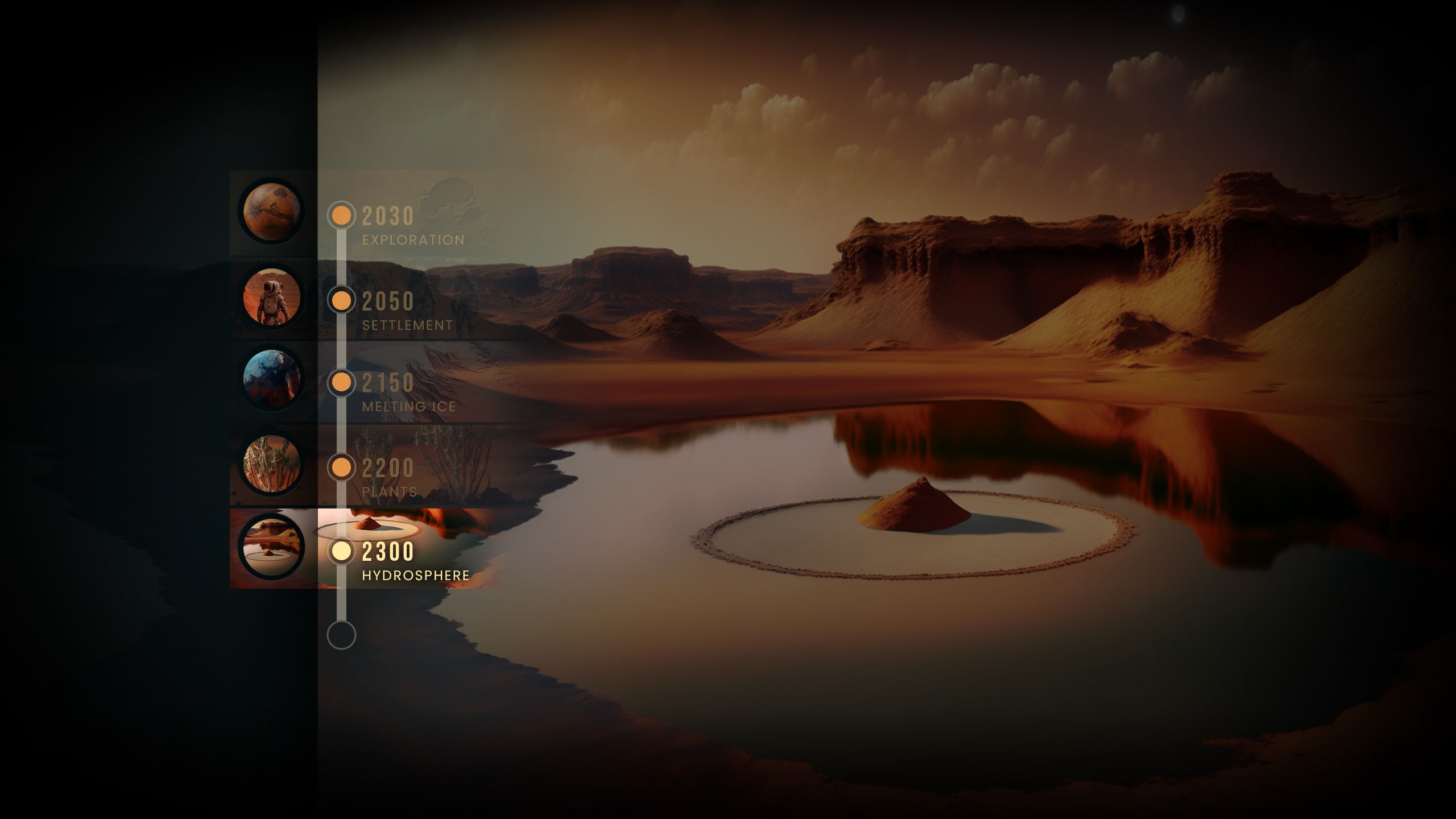
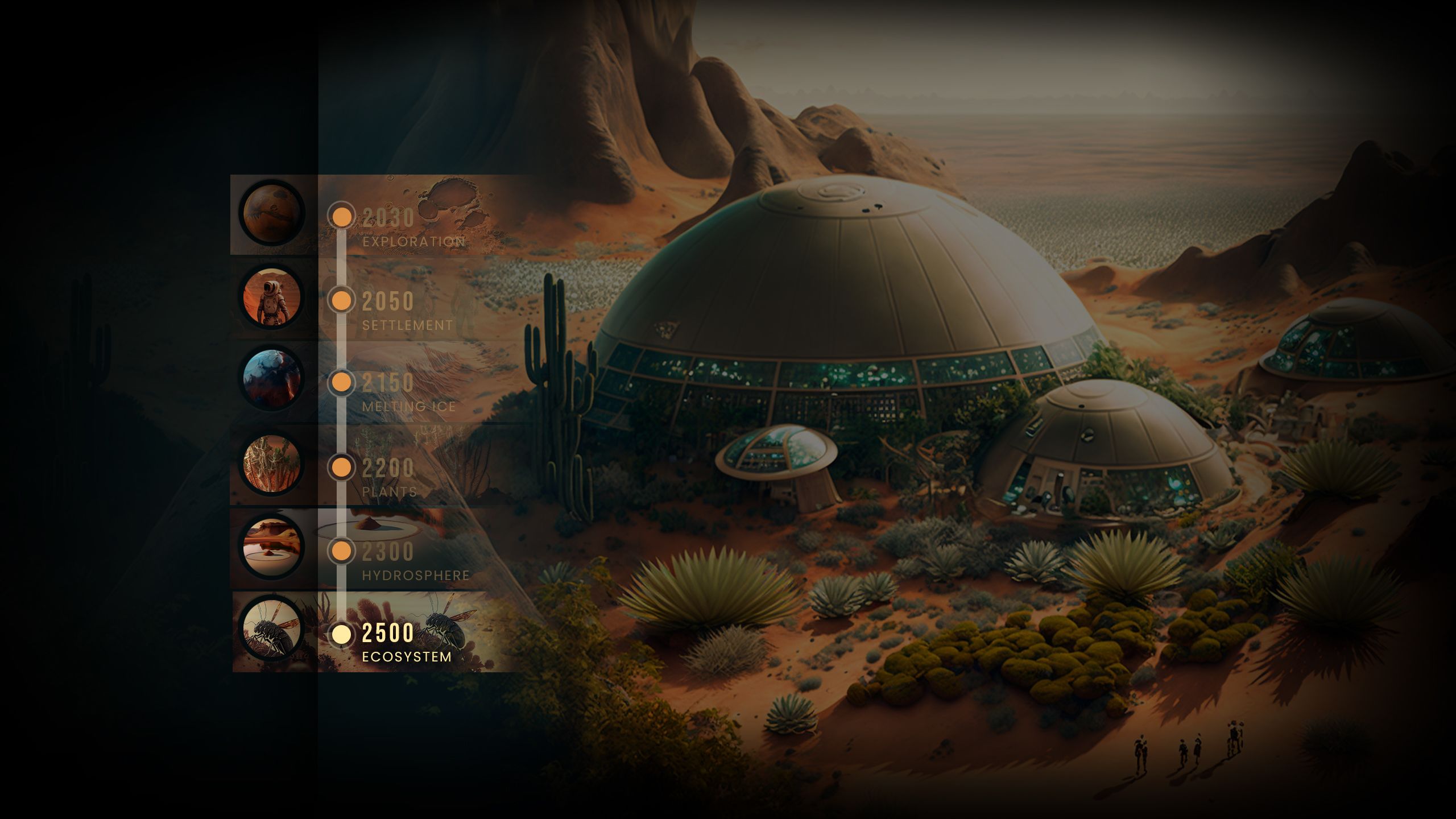
Initial exploration and assessment of Mars
This phase is already underway, and we have been sending robotic missions to Mars for decades. The first human mission to Mars is currently being planned for the 2030s.
Establishing a human presence on Mars
If all goes well, humans could establish a permanent settlement on Mars in the 2040s or 2050s.
Melting the polar ice caps
This process would likely take many decades or even centuries to complete, depending on the method used and the amount of energy required.
Introducing oxygen-producing plants
This could potentially happen within a few decades of establishing a human settlement on Mars, as long as the planet's temperature and atmospheric pressure are suitable for plant growth.
Establishing a hydrosphere
Like melting the polar ice caps, this process would likely take many decades or even centuries to complete, depending on the method used and the amount of water available.
Creating a stable ecosystem
This is the ultimate goal of terraforming, and it would likely take many centuries or even millennia to achieve. Once a stable ecosystem has been established, it is possible that Mars could eventually become a second home for humanity.
Text over media
In most languages, writing is a complement to speech or spoken language. Writing is not a language but a form of technology. Within a language system, writing relies on many of the same structures as speech, such as vocabulary, grammar and semantics, with the added dependency of a system of signs or symbols, usually in the form of a formal alphabet. The result of writing is generally called text, and the recipient of text is called a reader. Motivations for writing include publication, storytelling, correspondence and diary. Writing has been instrumental in keeping history, dissemination of knowledge through the media and the formation of legal systems.
In most languages, writing is a complement to speech or spoken language. Writing is not a language but a form of technology. Within a language system, writing relies on many of the same structures as speech, such as vocabulary, grammar and semantics, with the added dependency of a system of signs or symbols, usually in the form of a formal alphabet. The result of writing is generally called text, and the recipient of text is called a reader. Motivations for writing include publication, storytelling, correspondence and diary. Writing has been instrumental in keeping history, dissemination of knowledge through the media and the formation of legal systems.
In most languages, writing is a complement to speech or spoken language. Writing is not a language but a form of technology. Within a language system, writing relies on many of the same structures as speech, such as vocabulary, grammar and semantics, with the added dependency of a system of signs or symbols, usually in the form of a formal alphabet. The result of writing is generally called text, and the recipient of text is called a reader. Motivations for writing include publication, storytelling, correspondence and diary. Writing has been instrumental in keeping history, dissemination of knowledge through the media and the formation of legal systems.
In most languages, writing is a complement to speech or spoken language. Writing is not a language but a form of technology. Within a language system, writing relies on many of the same structures as speech, such as vocabulary, grammar and semantics, with the added dependency of a system of signs or symbols, usually in the form of a formal alphabet. The result of writing is generally called text, and the recipient of text is called a reader. Motivations for writing include publication, storytelling, correspondence and diary. Writing has been instrumental in keeping history, dissemination of knowledge through the media and the formation of legal systems.
